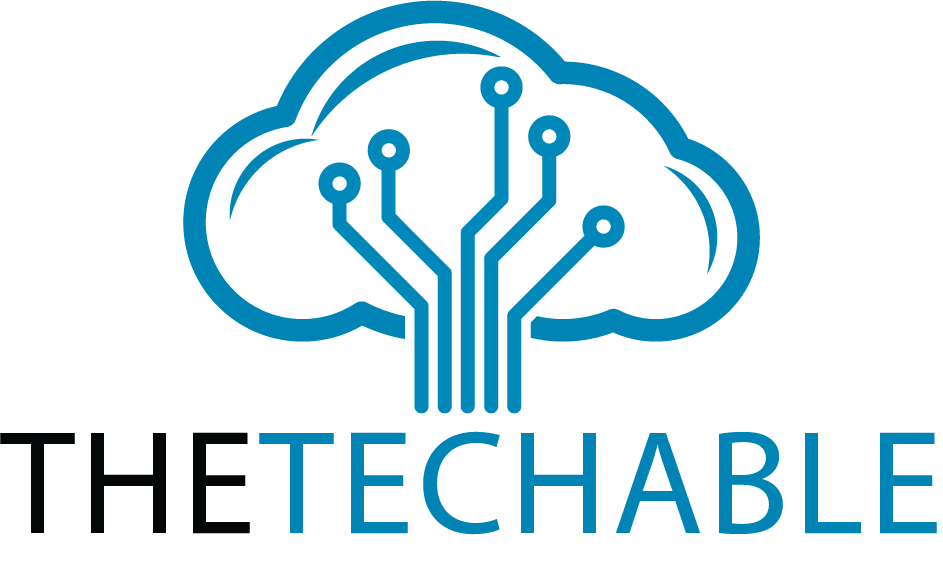The Stages of Software Development
Software development involves different phases, each of which focuses on a different aspect of the project. These phases include requirements analysis, the design phase, the coding phase, and documentation.
When software development is done in teams, many parts are done in tandem with each other and collaboration software is often used to ensure a smooth organized workflow. Most developers in established companies not only use these collaboration software but use training services like Blended Perspectives for their employees due to the benefits of collaboration software.
In this article, we’ll discuss the requirements analysis phase and then look at the design phase. This phase focuses on the system architecture and database design, and program specifications.
Requirements analysis
Requirements analysis is the process of defining the system inputs, processes, outputs, interfaces, and other important aspects of a system.
The requirements phase defines these at a high level, in terms of functions and requirements, rather than the details of how the system will perform those functions. It should not take into account computer programs, files, or data streams.
The use of user stories and use cases in requirements analysis is useful in defining the behavior of a system from the end user’s perspective. User stories focus on the features and needs of users rather than the technical specifications of the software.
Since most customers only have a vague idea of what they want, it’s important for project managers to ask the right questions to capture the real needs.
Design phase
The design phase of software development involves determining the features and functionalities of the software to be developed. In this phase, designers and developers gather information from the client to plan the features and functionality.
They also discuss the project and review the materials and milestones. A project manager oversees the entire process and makes decisions to ensure the successful completion of the project. A quality assurance (QA) specialist reviews the product designs to ensure compliance with standards.
The design phase of software development transforms the customer requirements into an implementation-ready form. During this phase, an interface design is specified, which specifies the interactions between a system and its environment.
Unlike the analysis phase, this phase does not consider the internal workings of a system, instead focusing on how the system will interact with other systems, devices, and users. The design problem statement should identify the systems or agents that will be involved in the interactions.
Coding phase
The coding phase of software development involves translating the design specification into source code. A good software development organization will ensure that programmers follow specific coding standards and guidelines.
For example, proper indentation is important for code that’s easy to read. They’ll also characterize the system design and specify hardware requirements.
The implementation phase of software development begins after the coding phase. Developers translate the software’s physical specs into computer code, making it easier to test and maintain.
Good project management is key during this phase. Each team member is assigned a specific task, and their work is closely monitored. Properly written code will improve the performance of the system and minimize the need for further testing and maintenance.
Documentation
During software development, documentation plays an important role. Not only does documentation facilitate communication, but it also helps the developers understand each other’s work.
Regardless of the software development methodology, the need for documentation cannot be overemphasized. Most development teams neglect this important task. Fortunately, there are ways to make documentation a priority.
The first step to good documentation is to consider the audience. The documentation must be readable and easily accessible to the intended audience. It should also be easily searchable by the reader.
It should be structured in a logical manner and include a table of contents. It should also be concise and avoid long blocks of text. If possible, it should also include visual content.
All of these are important stages of the software development life cycle. And these help in better software development.

